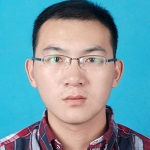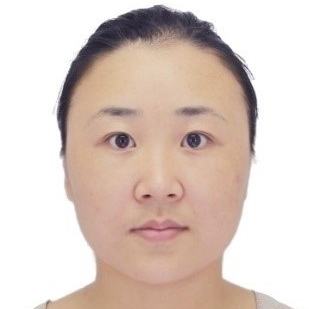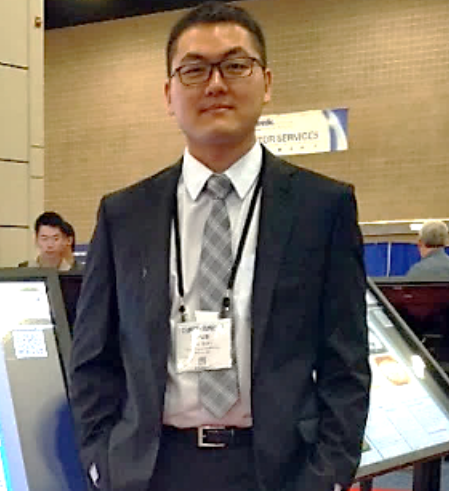Advanced Techniques in Biomedical Optical Imaging
A special issue of Photonics (ISSN 2304-6732). This special issue belongs to the section "Biophotonics and Biomedical Optics".
Deadline for manuscript submissions: closed (30 October 2023) | Viewed by 3793
Special Issue Editors
Interests: photoacoustic imaging technology; photoelectric detection and image engineering; multi-dimensional ultrasonic detection and imaging
Special Issues, Collections and Topics in MDPI journals
Interests: biomedical imaging; photoacoustic imaging
Special Issues, Collections and Topics in MDPI journals
Interests: biological and medical physics; biophotonics; biomedical optics; photoacoustic imaging; X-ray-induced acoustic computed tomography
Special Issues, Collections and Topics in MDPI journals
Special Issue Information
Dear Colleagues,
Biomedical optical imaging is a rapidly developing field with numerous exciting applications in clinical diagnosis and biological research, which is due to the superior spatial resolution, rich imaging contrast, and non-ionizing properties of light radiation. Important new advancements of optical imaging equipment and technology can contribute to key breakthroughs and discoveries in disease diagnosis and biological exploration, such as photoacoustic imaging, optical coherence tomography, diffuse optical tomography, fluorescence spectroscopy, Raman spectroscopy, confocal and multiphoton microscopy, super-resolution microscopy, and many others. Some technologies have been translated to biomedical applications, and some are yet to be applied. Joint efforts from both the optical and biomedical communities are still needed to fully discover the potential of these optical modalities and promote them as routine laboratory and/or clinical apparatuses.
This Special Issue invites manuscripts that introduce recent advances in “Advanced Techniques in Biomedical Optical Imaging”. All theoretical, numerical, and experimental papers are accepted for submission. Original research papers and review articles are both welcome. Topics include, but are not limited to, the following:
- Optical microscopy;
- Photoacoustic imaging and spectroscopy;
- Optical coherent tomography;
- Diffuse optical tomography;
- Spectroscopic and imaging techniques;
- Multimodality and multiscale approaches;
- Machine learning and image processing;
- Basic research and translational research.
Dr. Haigang Ma
Dr. Yujiao Shi
Dr. Yue Zhao
Guest Editors
Manuscript Submission Information
Manuscripts should be submitted online at www.mdpi.com by registering and logging in to this website. Once you are registered, click here to go to the submission form. Manuscripts can be submitted until the deadline. All submissions that pass pre-check are peer-reviewed. Accepted papers will be published continuously in the journal (as soon as accepted) and will be listed together on the special issue website. Research articles, review articles as well as short communications are invited. For planned papers, a title and short abstract (about 100 words) can be sent to the Editorial Office for announcement on this website.
Submitted manuscripts should not have been published previously, nor be under consideration for publication elsewhere (except conference proceedings papers). All manuscripts are thoroughly refereed through a single-blind peer-review process. A guide for authors and other relevant information for submission of manuscripts is available on the Instructions for Authors page. Photonics is an international peer-reviewed open access monthly journal published by MDPI.
Please visit the Instructions for Authors page before submitting a manuscript. The Article Processing Charge (APC) for publication in this open access journal is 2400 CHF (Swiss Francs). Submitted papers should be well formatted and use good English. Authors may use MDPI's English editing service prior to publication or during author revisions.
Keywords
- optical microscopy
- photoacoustic imaging and spectroscopy
- optical coherent tomography
- diffuse optical tomography
- spectroscopic and imaging techniques
- multimodality and multiscale approaches
- machine learning and image processing
- basic research and translational research







